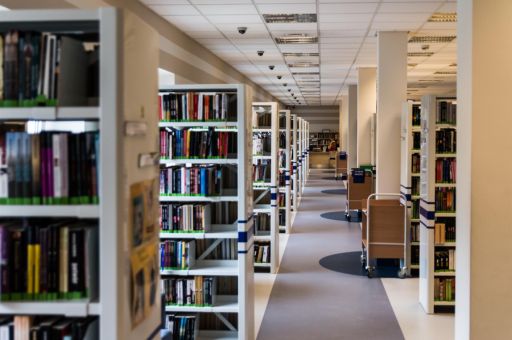The Xarxa de Biblioteques de Menorca (XBM) has presented its 2024 activity report, highlighting the consolidation and strong performance of the island’s public library system. Since 2021, usage indicators have shown steady growth, following the 2020 closure due to the COVID-19 lockdown.
TDB keeps you informed. Follow us on: Facebook, Twitter and Instagram
Menorca’s Library Network consolidates its growth with a 33.7% increase in visits
According to the report, total visits grew by 33.7% compared to 2023: in-person visits rose by 3.5% while virtual visits surged by 91.4%. Active users (those who borrowed materials or used electronic services) increased by 22.9%, reflecting greater overall engagement.
Although 3.9% fewer activities were held than in 2023, attendance grew by 3.8%, confirming their importance in maintaining user satisfaction and attracting new participants.
Digital services continue to show the most significant growth. The number of active users of the free digital lending platform eBiblio increased by 18.5% in 2024, underscoring its growing role in the modernisation of library services.
The Digital Support Program served 830 people (648 women and 182 men), with seniors over 65 representing the largest group (435 users). A total of 1,036 consultations were handled in 854 sessions, covering device use (470 requests), interaction with public administrations (180), and training to overcome the digital divide (100).
However, the report warns of shortages in space and staff to meet the growing demand. The total useful area of the island’s public libraries is currently 3,020 m², but according to the Menorca Reading Map, it should reach 6,285 m² — an increase of 108%. Staffing would also need to rise by 30%, from 30 to 39 full-time employees.
The libraries in the most critical situation are in Ciutadella, Maó, Alaior, and Sant Lluís, though the problem extends across the entire network, particularly as Menorca’s population has grown by 5% since 2020.
In Spain’s national reading ranking, the Balearic Islands rank 12th out of 17 regions, with a reading rate of 62.1%. This figure highlights the ongoing need to promote reading, support culture and learning, and reduce the digital divide through library initiatives.
